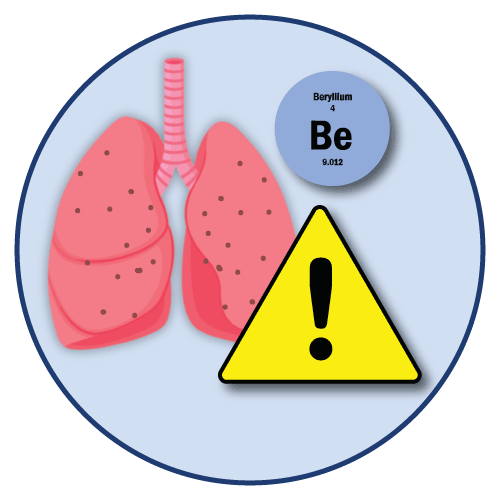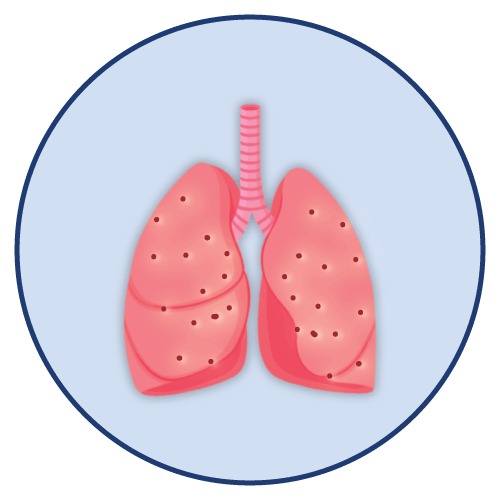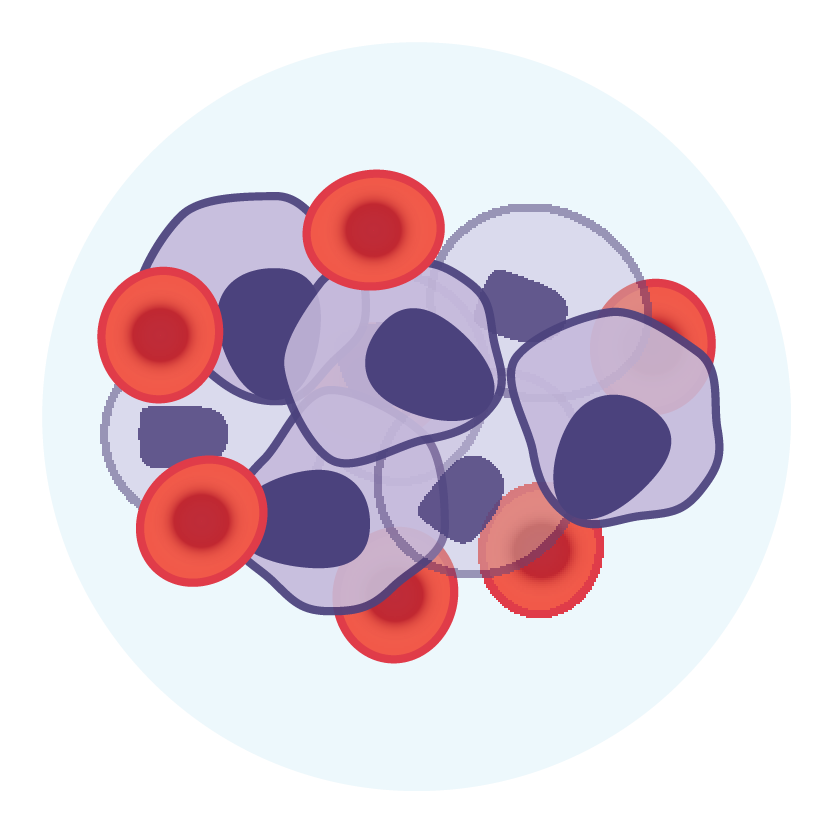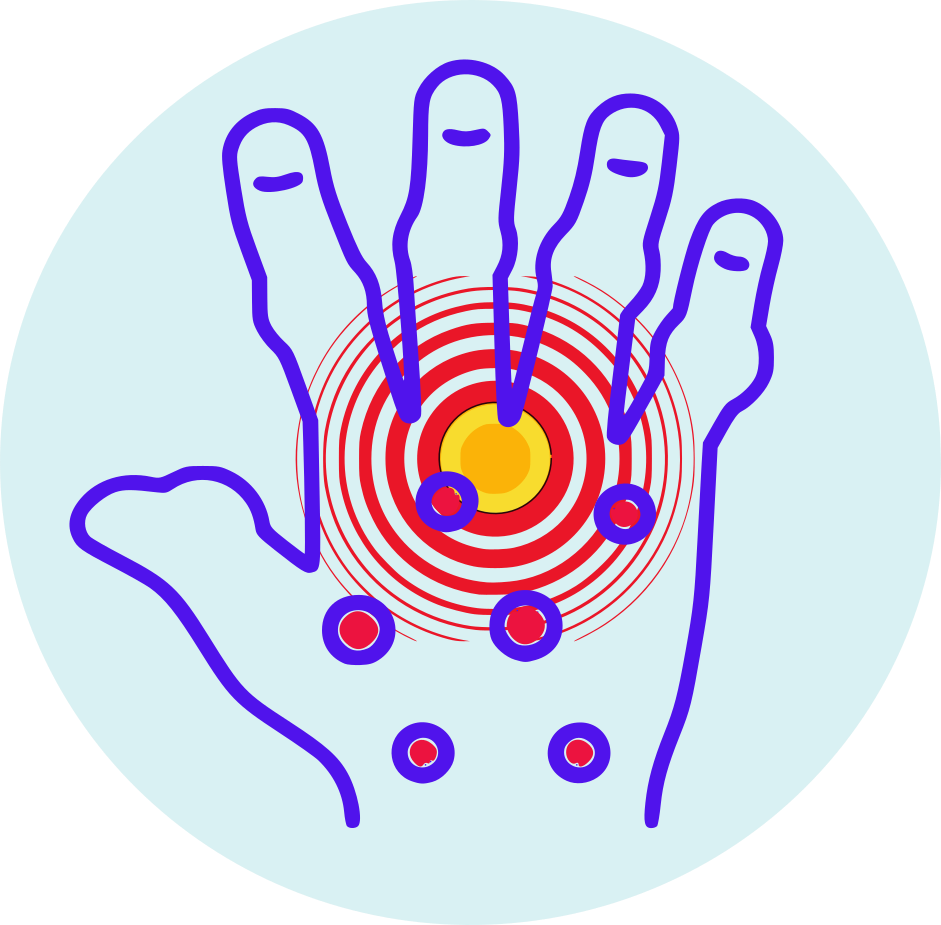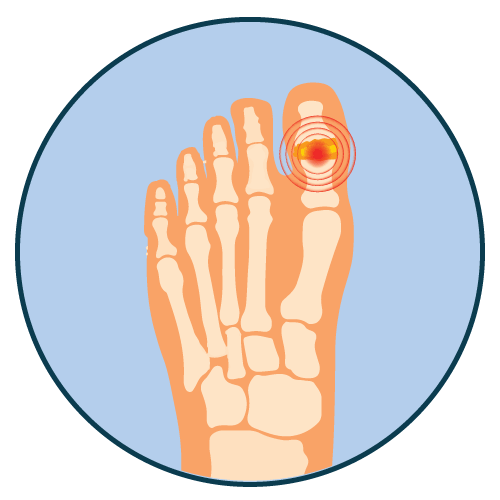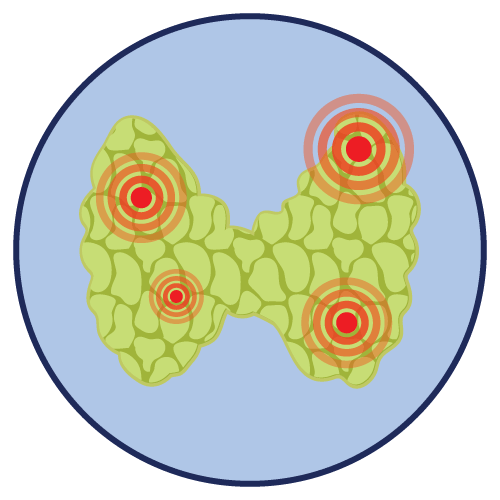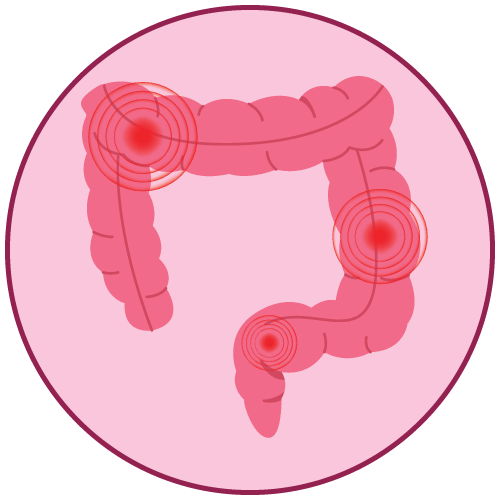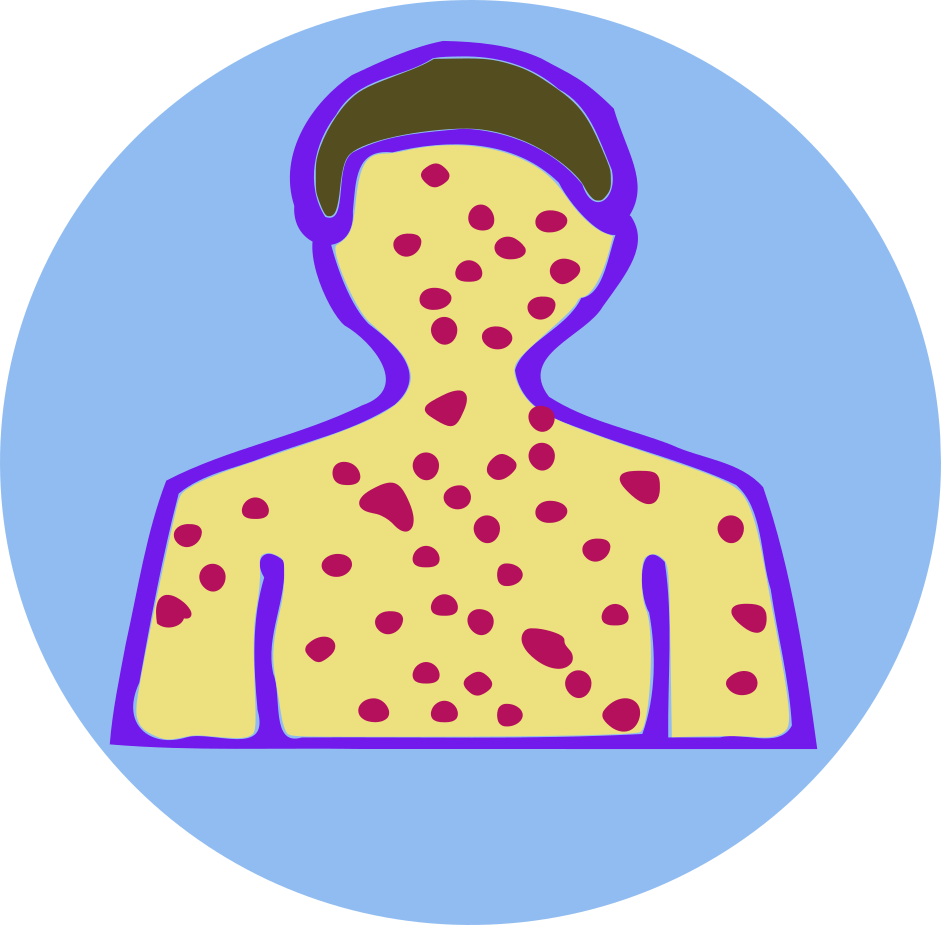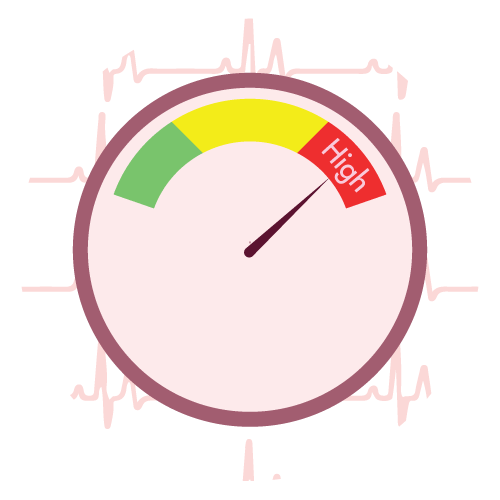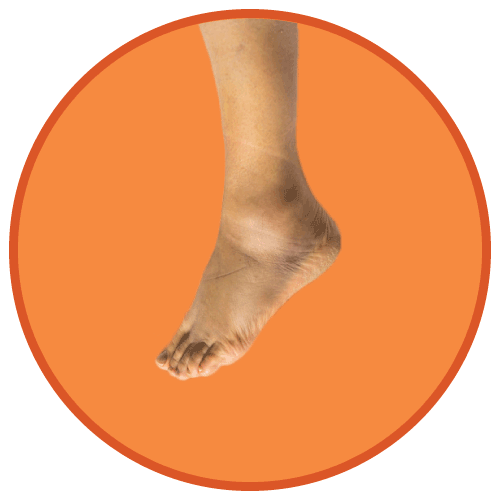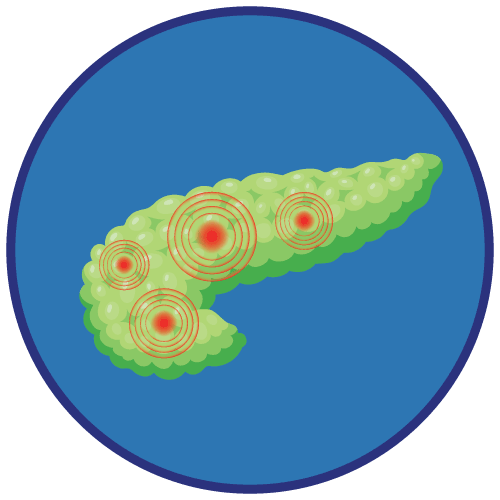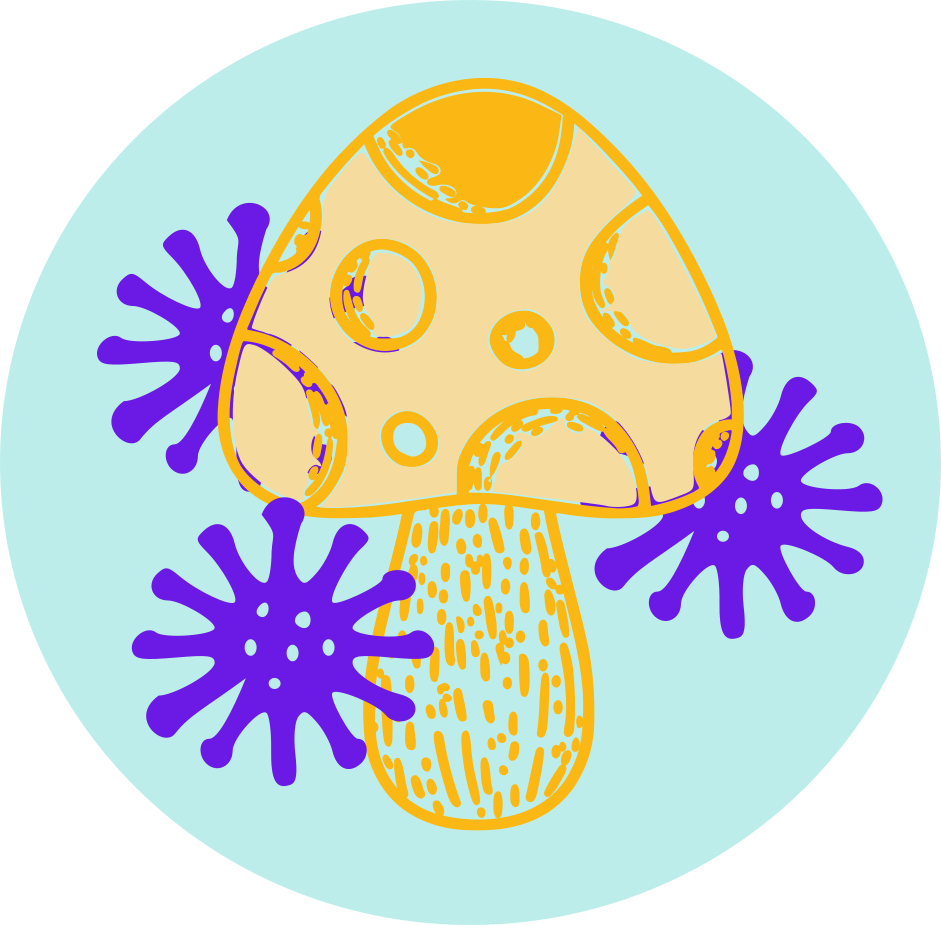| Name | Betamethasone |
| Classes |
Dermatological/Topical Agent Hormonal Agent Steroid Astringent Glucocorticoid |
| Diseases |
Allergy Asthma Eczema Inflammatory Skin Disease Itching Leukemia Lupus Multiple Sclerosis Psoriasis Redness Rheumatoid Arthritis Swelling Ulcerative Colitis |
Betamethasone
Betamethasone belongs to a class of drugs, called the glucocorticoids. It is a synthetic glucocorticoid. Natural glucocorticoids (hydrocortisone and cortisone), which have salt-retaining characteristics, are employed in adrenocortical deficit replacement therapy. Their synthetic analogs are largely employed for anti-inflammatory actions in a variety of organ system illnesses.
Glucocorticoids have a wide range of metabolic consequences. Furthermore, they alter the immune system's reaction to a variety of stimuli.
- Allergic States: Asthma, atopic dermatitis, contact dermatitis, drug hypersensitivity reactions, perennial or seasonal allergic rhinitis, serum sickness, transfusion reactions.
- Dermatologic Diseases: Bullous dermatitis herpetiformis, exfoliative erythroderma, mycosis fungoides, pemphigus, severe erythema multiforme (Stevens-Johnson syndrome).
- Endocrine Disorders: Congenital adrenal hyperplasia, hypercalcemia associated with cancer, nonsuppurative thyroiditis.
- Gastrointestinal Diseases: Regional enteritis and ulcerative colitis.
- Hematologic Disorders: Acquired (autoimmune) hemolytic anemia, Diamond-Blackfan anemia, pure red cell aplasia, selected cases of secondary thrombocytopenia.
- Neoplastic Diseases: For symptomatic relief of Lymphoma and leukemia.
- Nervous System: Acute exacerbations of multiple sclerosis; cerebral edema associated with primary or metastatic brain tumor or craniotomy.
- Ophthalmic Diseases: Sympathetic ophthalmia, temporal arteritis, uveitis and ocular inflammatory conditions unresponsive to topical corticosteroids.
- Renal Diseases: To Induce diuresis or proteinuria remission in patients with idiopathic nephrotic syndrome or lupus erythematosus.
- Respiratory Diseases: Berylliosis, fulminating or disseminated pulmonary tuberculosis when used concurrently with appropriate tuberculosis chemotherapy, idiopathic eosinophilic pneumonias, symptomatic sarcoidosis.
- Rheumatic Disorders: As adjunctive therapy for short-term administration in acute gouty arthritis; acute rheumatic carditis; ankylosing spondylitis; psoriatic arthritis; rheumatoid arthritis, including juvenile rheumatoid arthritis (selected cases may require low-dose maintenance therapy). For the treatment of dermatomyositis, polymyositis, and systemic lupus erythematosus.
Betamethasone is available as tablet, suspension and IV/IM injection, cream, optic, nasal and ear drops.
- Intra-articular
- Adult: Adjunctive treatment for short term administration: As betamethasone Na phosphate and betamethasone acetate: 3-12 mg (0.5-2 mL) depending on the size of the affected joint.
- Intramuscular
-
Adult: As betamethasone Na phosphate and betamethasone acetate: Usual dose: 0.25-9 mg daily. Dosage is individualised according to the disease being treated and patient response. Refer to the disease-specific product guidelines for detailed dosage recommendations.
-
Child: As betamethasone Na phosphate and betamethasone acetate: Usual dose: 0.02-0.3 mg/kg daily in 3 or 4 divided doses. Dosage is personalized according to the disease being treated and patient response. Refer to the disease-specific product guidelines for detailed dosage recommendations.
-
- Nasal
- Adult: For non-infected cases of the nose: As 0.1% betamethasone Na phosphate drops: Apply 2-3 drops into each nostril twice or thrice a day as required. Use the lowest effective dose for the shortest possible time. Discontinue if there is no clinical response within 7 days of treatment.
- Ophthalmic
- Adult: For short-term treatment of steroid-responsive cases: As 0.1% betamethasone Na phosphate drops: Initially, apply 1-2 drops into the affected eye(s) every 1-2 hours, then reduce frequency once the condition is under control. As 0.1% betamethasone Na phosphate ointment: Apply 2-4 times daily; alternatively, doses may be applied at night. Use the lowest effective dose for the shortest possible time. Discontinue if there is no clinical response within 7 days of treatment.
- Oral
-
Adult: Dosage is personalized and adjusted according to the disease being treated, its severity and patient response. As betamethasone Na phosphate: Usual dose: 0.5-5 mg daily in divided doses. Recommended regimens: Short-term treatment: 2-3 mg daily for the 1st few days, then decrease by 0.25 mg or 0.5 mg every 2-5 days. Rheumatoid arthritis: 0.5-2 mg daily. Other conditions: 1.5-5 mg daily for 1-3 weeks, then reduce gradually. Use the lowest effective dose. Refer to the disease-specific product guidelines for detailed dosage recommendations.
-
Betamethasone can cause the following side effects-
- Congestive heart failure in susceptible patients
- Hypertension
- Edema
- Hypokalemia
- Hypokalemic alkalosis
- Muscle weakness
- Loss of muscle mass
- Steroid myopathy
- Osteoporosis
- Peptic ulcer with possible perforation and hemorrhage
- Pancreatitis
- Abdominal distention
- Ulcerative esophagitis
- Increased sweating
- Development of Cushingoid state
- Suppression of growth in children
- Secondary adrenocortical and pituitary unresponsiveness, particularly in times of stress, as in trauma, surgery or illness
- Menstrual irregularities
- Decreased carbohydrate tolerance
- Manifestations of latent diabetes mellitus
- Some indications of infection may be hidden by corticosteroids, and new infections may develop as a result of their use. Infections with any pathogen, including viral, bacterial, fungal, protozoan, or helminthic infections, may be linked to the use of corticosteroids alone or in combination with other immunosuppressive agents that affect cellular immunity, humoral immunity, or neutrophil function, in any part of the body.
- The risk of drug-induced secondary adrenocortical insufficiency can be reduced by gradually lowering the dosage. This form of relative insufficiency can last for months after you stop taking hormone therapy, therefore if you have a stressful circumstance during that time, hormone therapy should be resumed.
- Corticosteroids have a stronger effect on hypothyroidism patients and those with cirrhosis.
- Because of the risk of corneal perforation, corticosteroids should be taken with caution in individuals with ocular herpes simplex.
- To regulate the condition being treated, the lowest possible amount of corticosteroid should be utilized, and when dosage reduction is possible, it should be done gradually.
- In individuals with systemic sclerosis, caution is advised since corticosteroids, particularly methylprednisolone, have been linked to an increased risk of scleroderma renal crisis.
- If there is a risk of impending perforation, abscess, or other pyogenic infection, steroids should be used with caution in nonspecific ulcerative colitis; diverticulitis; fresh intestinal anastomoses; active or latent peptic ulcer; renal insufficiency;
- Infants and children receiving long-term corticosteroid medication should have their growth and development monitored closely.
Contraindication
Contraindicated in patients hypersensitive to betamethasone or other glucocorticoids, such as-
There is no known contraindications of betamethasone in terms of food and drinks.
Contraindicated in patients with systemic fungal infection.
 Bangla
Bangla English
English